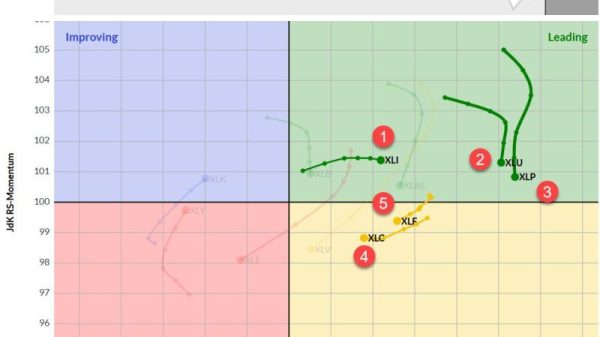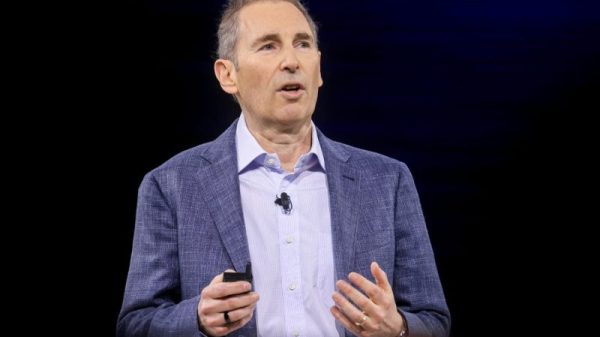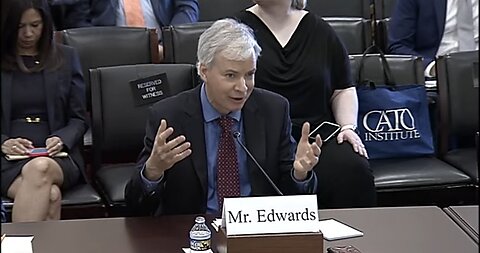Chris Edwards
I testified to a House subcommittee yesterday about affordable housing. In particular, I discussed the low-income housing tax credit (LIHTC), which is a $14 billion a year subsidy program for apartment building developers.
LIHTC has garnered bipartisan support over the years, and some members of both parties favor program expansion. However, LIHTC is a very inefficient way to expand affordable housing. With Republicans moving a major tax bill in the coming weeks, now is the time for them to reassess corporate tax loopholes such as LIHTC.
Many Republicans, I suspect, favor LIHTC because they think it is a tax cut. But if they were to look more closely, they would realize it is actually a central planning scheme that imposes vast regulations.
As for Democrats, their comments at the hearing yesterday were mainly personal narratives or aspirational in nature. They have witnessed problems such as high housing costs, and they hope that federal programs can solve them.
As I noted at the hearing, however, there is a difference between the promise of federal programs and how they actually work. LIHTC is supposed to expand the supply of rental units and aid low-income tenants. But as my testimony discusses, LIHTC displaces market-based housing, and much of the benefits go to developers and investors, not tenants.
Kudos to subcommittee chair Glenn Grothman (R‑WI) for entertaining my views, which differ from many members of his party. Testifying next to me was former Housing Secretary Ben Carson, who took a pro-LIHTC view.



























